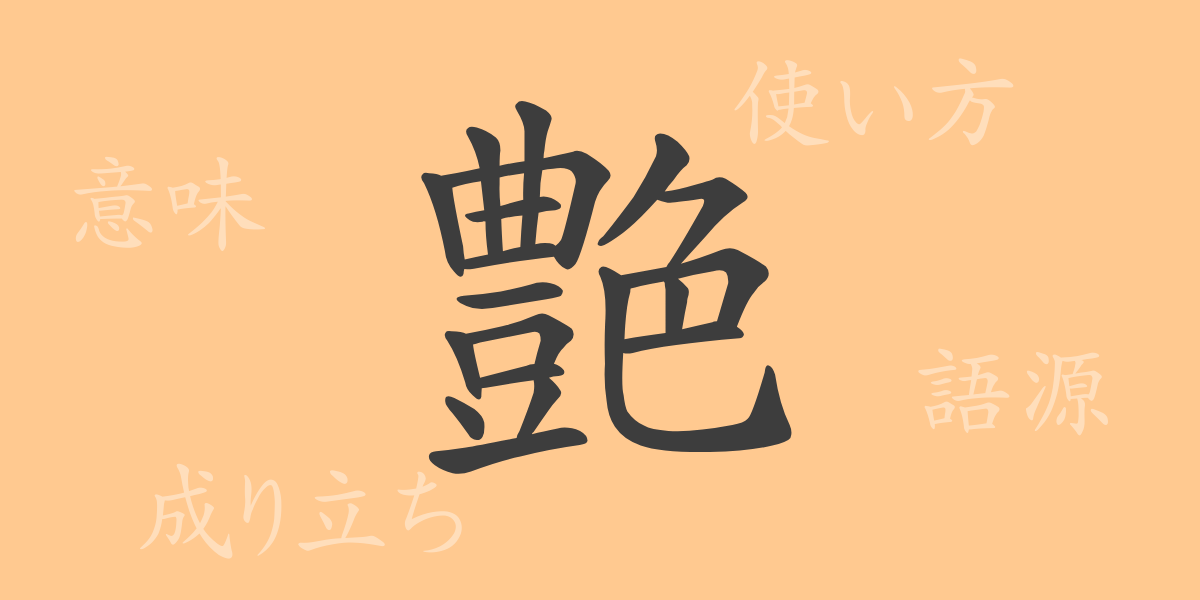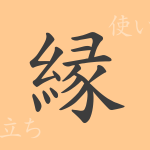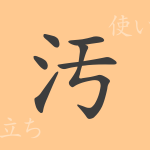“
The Japanese language contains numerous kanji characters that richly express emotions and colors. Among them, “”艶”” (Tsuya) is a unique character symbolizing beauty and charm. In this article, we will explore the allure of the kanji “”艶”” (Tsuya), from its etymology to its modern usage examples. While feeling the depth of Japanese culture and language, please enjoy the world of “”艶”” (Tsuya).
The Origin (Etymology) of 艶 (Tsuya)
The kanji “”艶”” (Tsuya) is a character that originated in ancient China, with an old and complex history. The etymology of “”艶”” (Tsuya) symbolizes the appearance of a smooth surface reflecting light, and it is said that ancient people began using it to represent the luster of object surfaces. As time passed, its meaning expanded, not only referring to beautiful luster but also to beauty and charm that seems to emanate from within.
The Meaning and Usage of 艶 (Tsuya)
In modern Japanese, “”艶”” (Tsuya) is used to express beauty, charm, and sexiness, metaphorically derived from its meaning of luster and shine. For example, expressions like “”艶やかな髪”” (Tsuya-yaka na -kami, lustrous hair) and “”艶のある声”” (Tsuya- no aru- koe, charming voice) mean beautiful hair and attractive voice, respectively. It can also be used to describe a woman smiling charmingly, as in “”艶笑む”” (Ene-mu).
Reading, Stroke Count, and Radical of 艶 (Tsuya)
The kanji “”艶”” (Tsuya) has multiple readings, which are used depending on the situation.
- Reading: The on’yomi is “”en,”” and the kun’yomi includes “”tsuya,”” “”namamekashii,”” and “”adeyaka.””
- Stroke Count: “”艶”” (Tsuya) is a kanji with 19 strokes.
- Radical: The radical is “”色”” (Shikihen, color).
Idioms, Phrases, and Proverbs Using 艶 (Tsuya) and Their Meanings
Idioms, phrases, and proverbs containing “”艶”” (Tsuya) reflect the beauty and charm that this kanji possesses. For example, “”艶姿”” (Enshi) means a beautiful figure, “”艶笑”” (Enshou) means a charming smile, and “”艶言蜜語”” (Engen mitsugo) means sweet words or flattery. These expressions are used in daily life and literary works to convey the beauty of a person’s appearance or inner nature.
Summary of 艶 (Tsuya)
The kanji “”艶”” (Tsuya) is a character that exudes beauty and charm even from its appearance. By tracing the transition of its meaning from etymology to the present, we can glimpse the depth and richness of expression in the Japanese language. Idioms and phrases using “”艶”” (Tsuya) serve as important tools for conveying emotions and aesthetic sensibilities through words. Even taking just this single kanji, one can fully feel the charm of Japanese expression.
“

























